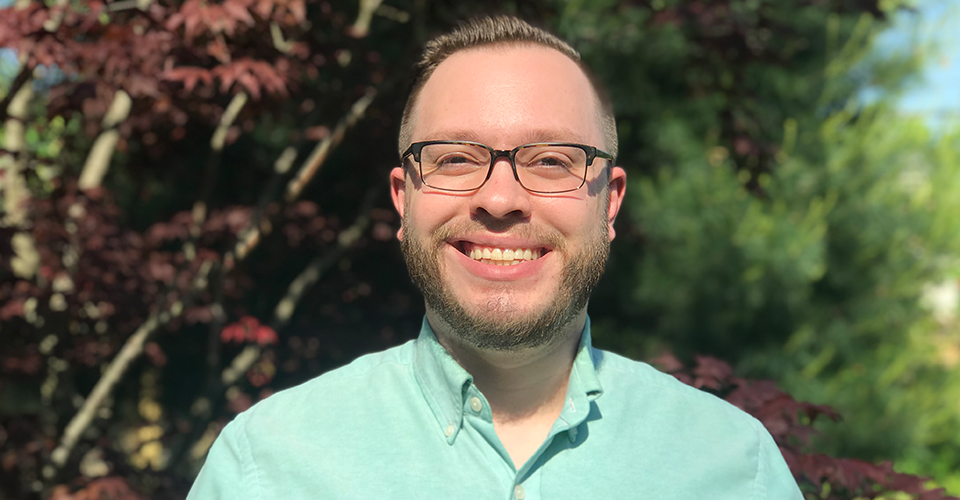Jacob Smearman, a rising second-year student in the College of Pharmacy, contributed the following article to NEOMED’s series on the eight dimensions of wellness: emotional, environmental, financial, intellectual, occupational, physical, social and spiritual. The concept of eight dimensions of wellness comes from the Substance Abuse and Mental Health Services Administration (SAMHSA), a U.S. government agency.
As I imagine many people did when the COVID-19 self-isolation order went into effect, I reacted with apprehension and uncertainty to what appeared to be the new normal. My usual weekday schedule was supplanted by an unfamiliar mélange of online learning and homeschooling a 14-year-old. As I adjusted, I began to slip into a routine wherein I would attend my morning classes, supervise my stepdaughter’s homeschooling lessons and assignments in the afternoon, return to my studies in the evening, rinse, repeat, etc.
To explain: I live one hour away from campus. Before the pandemic, I took advantage of my drive time to prepare for the day and review my schedule in the early morning on my way to class, then decompress and reflect in the afternoon on my way home. My favorite hobby was finding new albums of music to listen to during my drive. I had discovered over 300 new albums between August 2019 and March 2020 during my drives to and from school alone. In the course of a single day, my two hours of reflection and music were taken from me, and I had no ready replacement for them.
I was determined to power through to the end of the semester but as time went on, I found myself becoming more withdrawn and irritable toward my family. I focused more on my studies, thinking that surely if I did well in class, my mood would improve. As the semester drew to a close, I recognized that although I was succeeding academically, I had failed in my role as a family member. I felt overwhelmed and tired all the time, and no longer had the patience to help with my stepdaughter’s homeschooling.
Because burnout is all too common in health care professions, I have learned to recognize the classic signs. While I felt energized during my studies, I realized that my dedication was forcing me into a direction that I did not want to go. I wasn’t taking the time to take care of myself that I so obviously needed.
Recognizing the need to schedule time for activities completely unrelated to my studies, I started to build extra time into my day to take care of myself. I created a time slot to hop onto the exercise bike in the afternoon after my work; I made time to put on a record, sit outside, and watch the dogs play; I wrapped up the day playing Mario Party or Animal Crossing with my family. It worked: I finished the academic year strong.
It is easy, I think, to focus entirely on making it through the COVID-19 pandemic safely, or on passing every class, or on making it through the work week. Changes to a daily routine may have a far greater impact on one’s wellness than they may appear at first glance. I have an excellent support network; my family and friends are incredibly encouraging. I know what signs to look for in myself to ensure I can stay focused without burnout. And still the pandemic took an emotional toll on me. When I lost my two-hour drive time, I lost my “me time” — my time for reflection and my hobby – and I replaced it with more work and with isolation.
In writing this article, my hope is not only to share how easily I was led into a direction toward burnout and exhaustion, but also to give hope to people that may have found themselves in a similar situation.
It is a difficult time, with challenges the likes of which have never before been faced. It is easy to become overwhelmed and it can be difficult to focus on oneself. But with a little rearranging and extra time management, it is possible to put yourself back on the right track.
